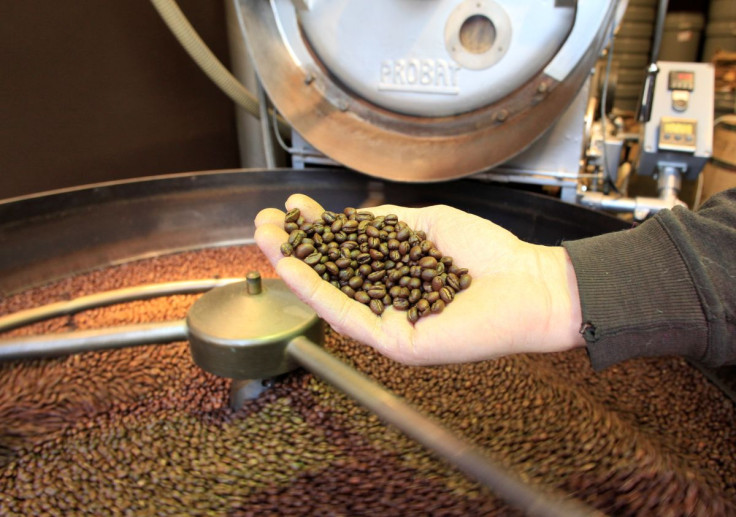Coffee Demand Up But Not Yet Percolating At Pre-pandemic Levels -report

Demand for coffee in non-producing countries showed a healthy recovery in the first quarter, although there are signs of possible slowdowns in demand in Russia and China for the coming quarters, analysts from Rabobank said in a report on Friday.
It said "coffee disappearance," a term indicating the amount of coffee nonproducing countries are actually consuming and not packing for re-export, rose 6.9% in the first quarter compared to the same period a year earlier. The European Union plus United Kingdom area saw a larger increase, at 9%, while the United States jumped 4.6% and Japan, 5.1%.
Rabobank said the numbers are still not great compared to pre-pandemic levels. The result in the first quarter was only 0.6% higher than two years ago (Q1 2020).
The analysts said Russia's war in Ukraine and Chinese Covid lockdowns could dent coffee demand in those countries. They also said high retail prices could hurt demand in Brazil, a top producing country which is also the second largest global coffee consumer after the United States.
Rabobank projects a 25% fall in Russian coffee demand, and a 50% fall in Ukraine's coffee use.
The bank sees the global coffee supply balance shifting from a deficit of 5.1 million 60-kg bags in 2021/22 (Oct-Sept) to a surplus of 1.7 million bags in 2022/23.
It kept its estimate for Brazilian 2022 production at 64.5 million bags, in the top end of market estimates.
Brazil's food supply agency Conab cut its crop view to only 53.4 million bags on Thursday.
Rabobank, however, cut its view for the Colombian crop to 11.8 million bags in 2021/22, but expects a recovery to 13.4 million bags in 2022/23.
© Copyright Thomson Reuters {{Year}}. All rights reserved.




















